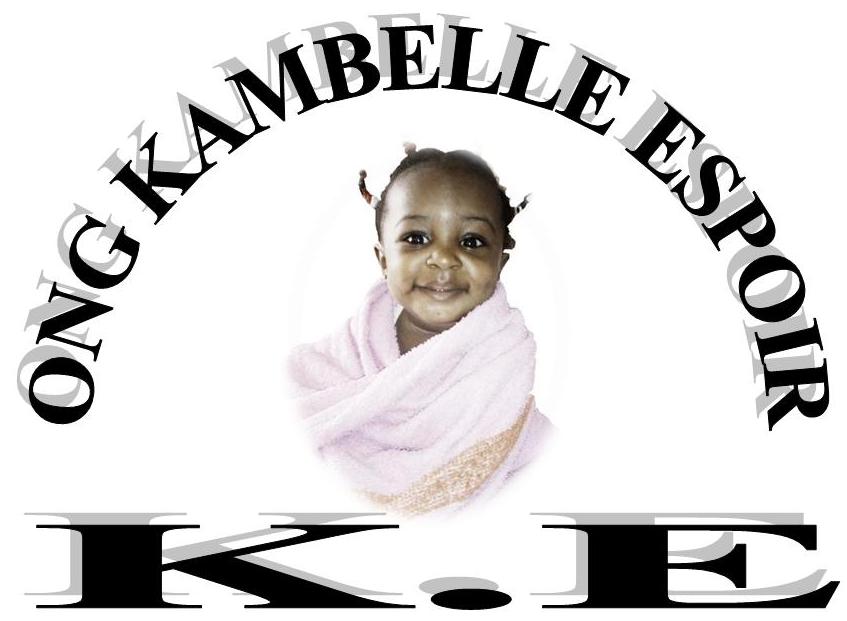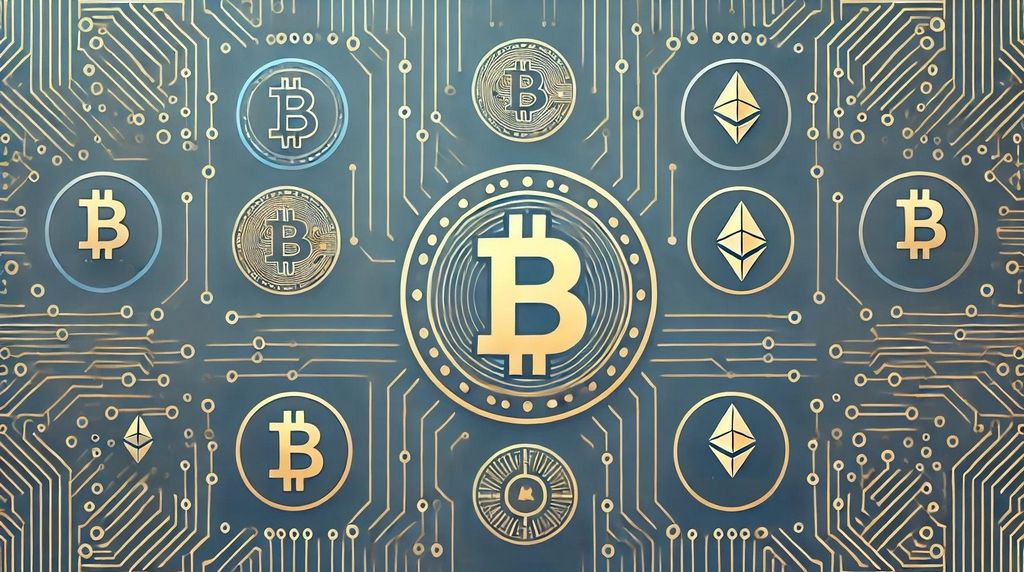What Is Bitcoin Mining? Just How to Begin
Bitcoin mining is a network-wide competition to produce a cryptographic solution that matches details requirements. When a right service is gotten to, a benefit in the form of bitcoin and charges for the job done is provided to the miner(s) who got to the service first.
What Is Bitcoin Mining?
Bitcoin is a digital money that makes use of a process called mining to secure its network and verify deals. Bitcoin mining is a network-wide competition to produce a cryptographic remedy that matches details standards. When an appropriate solution is gotten to, a reward in the form of bitcoin and charges for the work done is offered to the miner(s) that reached the remedy first.
This benefit procedure continues up until all 21 million Bitcoins are distributing. Once that number is gotten to, the mining procedure is anticipated to stop, and Bitcoin miners will certainly be compensated via costs spent for the job done.
Trick Takeaways
- Confirming purchase information, preserving the stability of the blockchain, and opening brand-new blocks are extracting'’ s objectives, while the Bitcoin benefit is the motivation to mine.
- Bitcoin mining is essential to keep the ledger of purchases upon which Bitcoin is based.
- Miners have become very innovative over the past a number of years, using computer systems specifically created for mining and organizing together to speed up procedures.
- Bitcoin mining has produced dispute due to the fact that it is ruled out eco-friendly.
More Here MPL Crypto Price Prediction At our site
Exactly How Does Bitcoin Mining Work?
Here'’ s a streamlined example of the mining process. Claim you ask friends to presume a number in between 1 and 100. Your good friends put on'’ t have to think the exact number; they simply have to be the first to presume a number less than or equal to your number. If you consider the number 19 and a good friend thinks of 21, one more 55, and yet an additional 83, they shed due to the fact that they all thought greater than 19. But they get to guess once more, and the next assumptions are 16, 41, and 67. The one that guessed 16 victories since they were first to guess a number less than or equal to 19.
In this situation, the number you picked, 19, stands for the target hash the Bitcoin network develops for a block, and the arbitrary assumptions from your close friends are the assumptions from the miners.
Bitcoin mining is the same thing however at a much bigger range. It uses cryptography, encryption, distributed computing, and innovation to validate and safeguard transactions. Right here are the essences behind mining that make it function.
On Dec. 5, 2024, Bitcoin appeared the $100,000 price level for the first time, creating lots of to wonder what follows for the property.
The Hash
At the heart of Bitcoin mining is the hash. The hash is a 64-digit hexadecimal number that is the result of sending out the information contained in a block with the SHA256 hashing algorithm. This part of the procedure takes little time to complete— in fact, you can produce a hash in under a second, pasting some web content into an on the internet SHA256 hash generator. This is the encryption method utilized by Bitcoin to produce a block hash. However, decrypting that hash back to the web content you pasted is the challenging part: a 64-digit hash can take centuries to decode with modern-day hardware.
For instance, here'’ s a hash for the previous paragraph gone through a hash generator:
a54f83a5db7371eeefa2287a0ede750ac623e49a8ba29f248eb785fe0a678559
a54f83a5db7371eeefa2287a0ede750ac623e49a8ba29f248eb785fe0a678559
If you alter one value in that content, like switching over one « » t » » to an « » a, » » the hash changes. Below is the same paragraph, but the first word is misspelled as « » Aa » » instead of « » At » »:
fbfa33ff980d1492b3a9275a1eb945d89bd6b699ca19c3c470021b8f253654af
fbfa33ff980d1492b3a9275a1eb945d89bd6b699ca19c3c470021b8f253654af
This is the number called the block hash, which is used in the next block'’ s header as part of the details gone through security. Each block makes use of the previous block'’ s hash, which acts to chain them together. This is where the term « » blockchain » » came from.
Mining
Bitcoin mining requires the mining program to create a hash and append one more number to it called the nonce, or « » number used as soon as. » » When a miner starts, it always starts this number at zero. The nonce modifications by one every effort— initially, it'’ s 0, then 1, 2, 3, and so forth. If the hash and nonce produced by the miner are more than the target hash established by the network, the attempt falls short, and the miner attempts once more. Once the nonce reaches about 4.5 billion, it surrenders like an odometer, using an additional counter called the extra nonce from one more field.
Every miner on the network does this until a hash and nonce mix is created that is less than or equal to the target hash. The first to get to that target has their recommended block contributed to the chain, obtains the reward and charges, and a brand-new block is opened. As soon as that block fills out with details (concerning one megabyte), it is closed, encrypted, and mined.
The Bitcoin network is composed of countless gadgets that extract 24 hours daily. Due to the fact that the mining reward mosts likely to the very first to solve the issue, they are all contending. This competitors led miners to produce pools to obtain a benefit over other miners since they needed more computational power to boost their opportunities of winning.
The Bitcoin network mining price varies, however it balanced around 796 exa-hashes per secondly in December 2024— that'’ s 796 complied with by 18 zeros. If it takes about 10 mins for a block to be mined, that'’ s about 47.76 x 1022 hashes to open up a new block.
Proof-of-Work
The mining process is what you may have listened to called proof-of-work (PoW)— the job done to produce the winning hash is considered as proof the miner confirmed the deals in the block, so it'’ s called proof-of-work. PoW is likewise occasionally called an agreement system, however proof-of-work is just part of agreement. Consensus is attained after the miner adds the block to the blockchain, and the rest of the network validates it making use of the hashes (getting to agreement). This doesn'’ t require much power or computational power because each mining node likewise does this while extracting the most up to date block. As new blocks are added, the network confirms them.
Confirmation
Each block consists of the hash of the previous block— so when the next block'’ s hash is created, the previous block'’ s hash is consisted of. Keep in mind that if even one personality adjustments, the hash changes and the hash of each adhering to block will certainly change.
When you mine a block and shut it, it isn'’ t yet verified. The block isn'’ t considered validated until five blocks later on when it has undergone 6 total validations. With that stated, it is possible to alter information in a block prior to reaching six validations, yet it is very not likely due to the fact that the individual or group trying to make the adjustment needs to own a bulk of the nodes to control the network.
Incentives
The benefit for effectively confirming a block is Bitcoin. In 2009, you'’ d receive 50 bitcoin for extracting a block. However the block reward is halved every 210,000 blocks (roughly every four years), so in 2013, the incentive quantity decreased to 25, then 12.5, then 6.25. At Bitcoin'’ s last cutting in half event in April 2024, the incentive altered to 3.125.

